Forms of Energy
Vocabulary
Read the vocabulary terms to understand the reading better.
Chemical Energy
Chemical energy is energy that is stored in certain substances and that can be released through heating or burning.
Electrical Energy
Electric energy is motion, heat, light, and sound that are produced by electricity (e.g., a fan cooling a room, a radio playing music).
Energy
Energy is the ability to do work.
Mechanical Energy
Mechanical energy is all the energy an object has because of its motion and its position (e.g., a windmill turning in the wind).
Thermal Energy
Thermal energy is energy that comes from heat (e.g., campfire, furnace).
Energy is the ability to do work. We use energy in everything we do. Our bodies use energy to grow. Cars use energy to move. Stoves use energy to cook food. Energy comes in many forms. Here are some examples:

Chemical energy is energy that is stored in certain substances. Wood has chemical energy. When we burn wood, it releases its chemical energy.
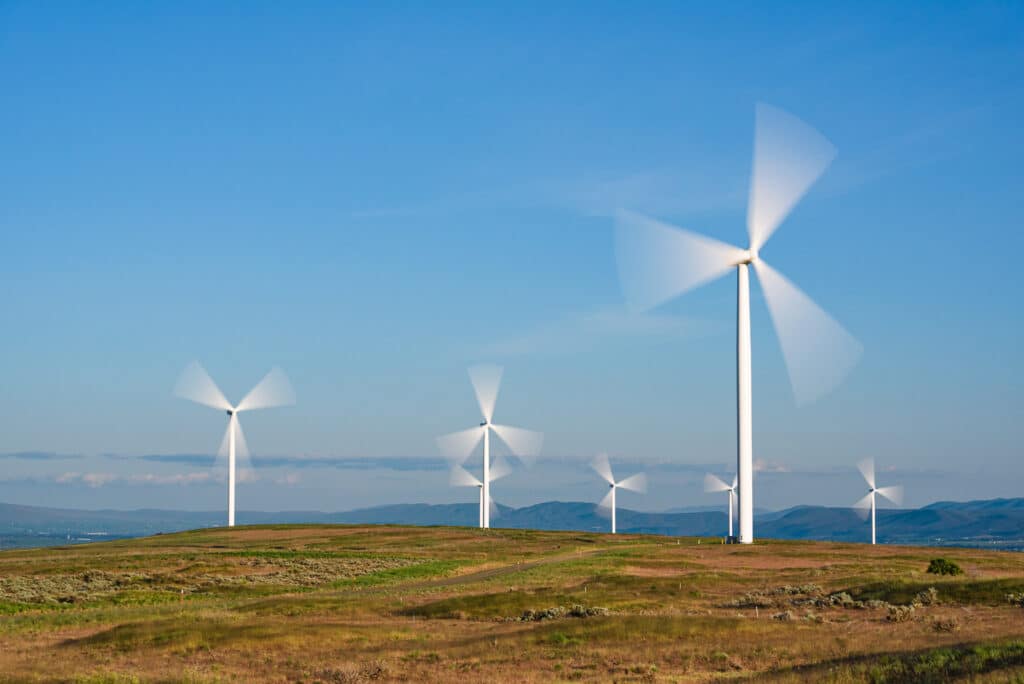
Motion energy or mechanical energy is motion that does work. Wind has motion energy. When wind moves, it can turn a windmill.
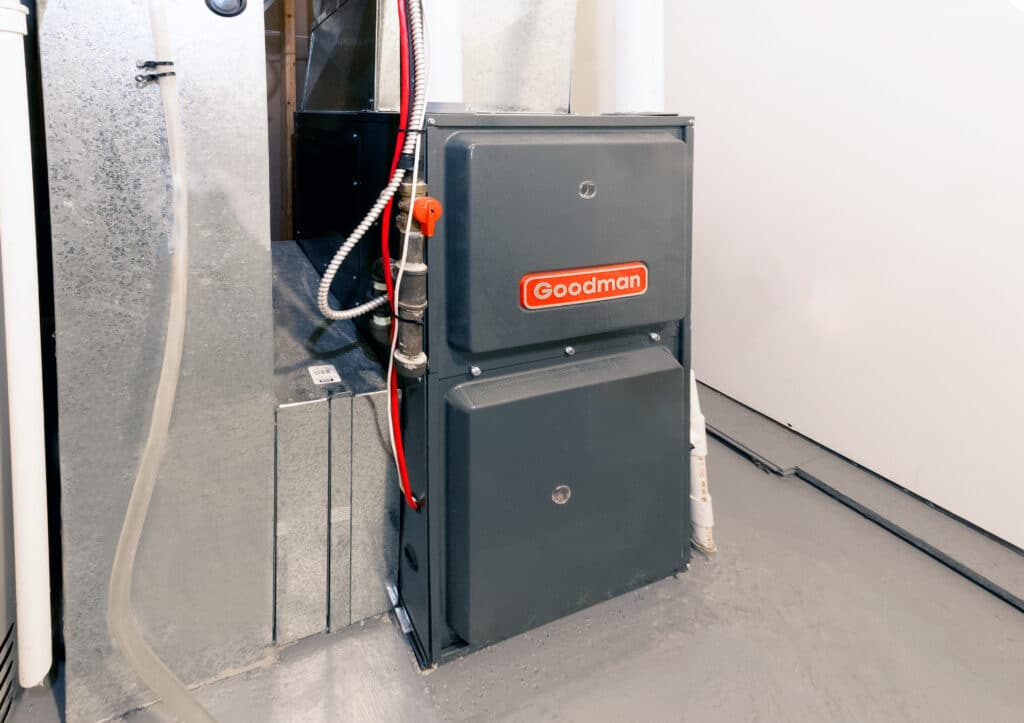
Thermal energy is heat energy. We use heat energy to warm our homes.
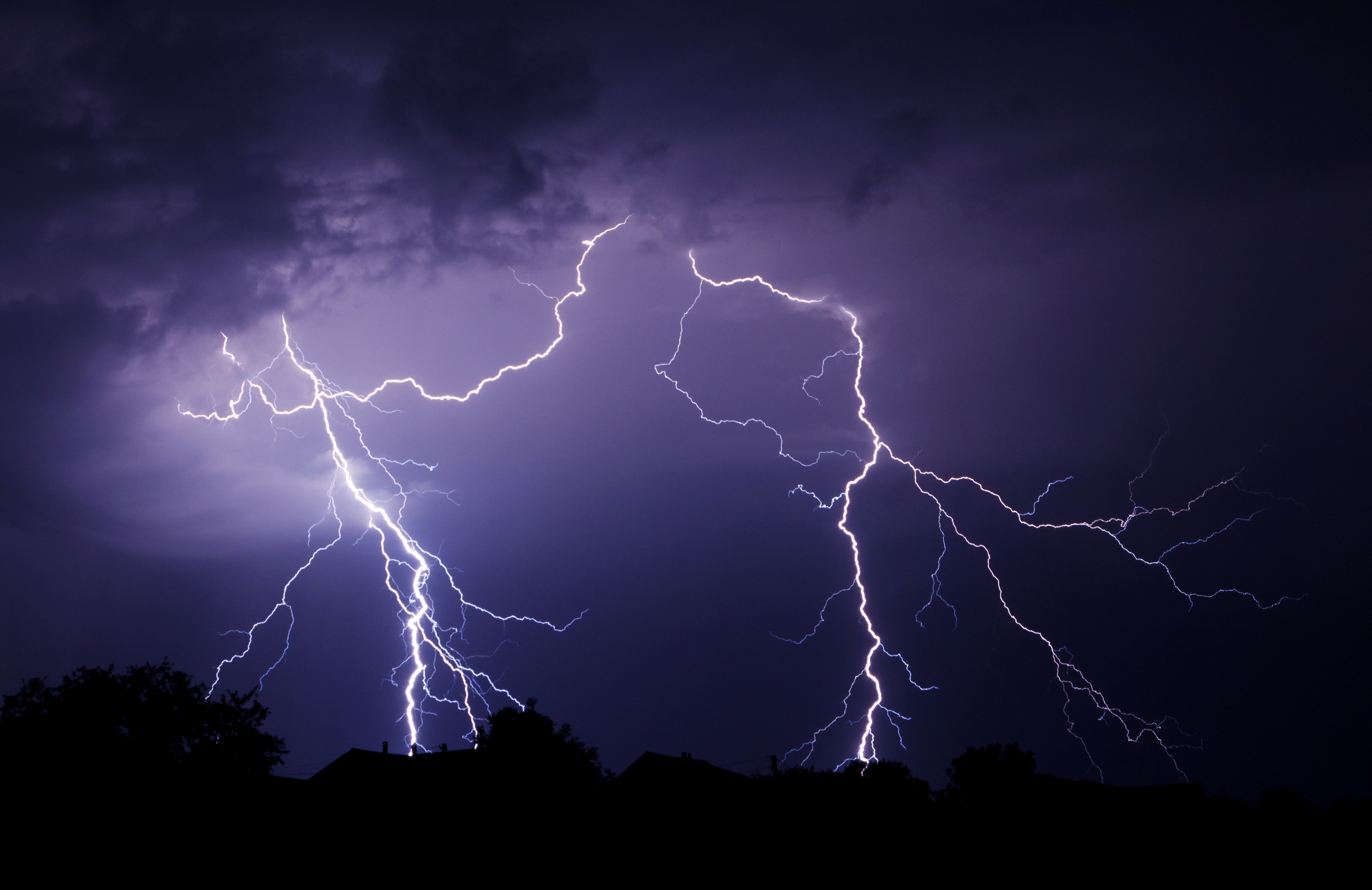
Electrical energy is movement, light, heat, or sound caused by electricity. Lightning is an example of electrical energy in nature. Electrical energy makes light bulbs work.
To learn more about forms of energy, watch the video by Smile and Learn on YouTube.
Sources of Energy
We get energy from different sources. Some of these sources are renewable. Renewable sources can be replaced or grown again. Examples of renewable sources include wind and trees. Here are some examples of energy from renewable sources:
- Biomass is energy from burning plants or garbage.
- Geothermal energy is heat energy from below Earth’s surface.
- Hydroelectricity is energy from moving water.
- Solar energy is energy from the Sun.
- Wind energy is energy from wind.
We use renewable energy sources mainly to make electricity.
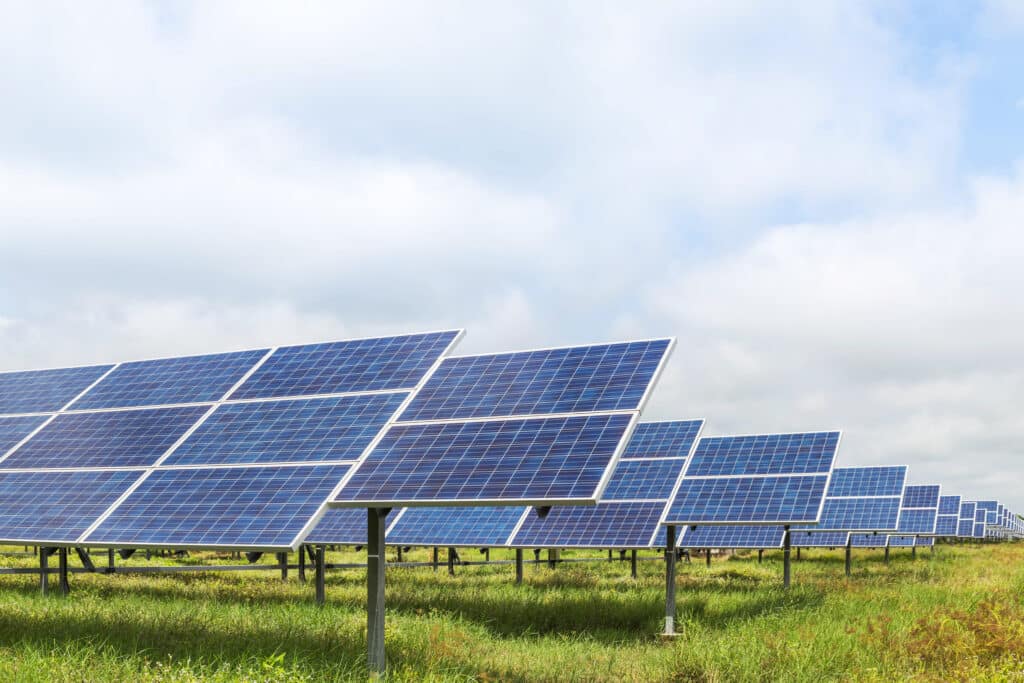
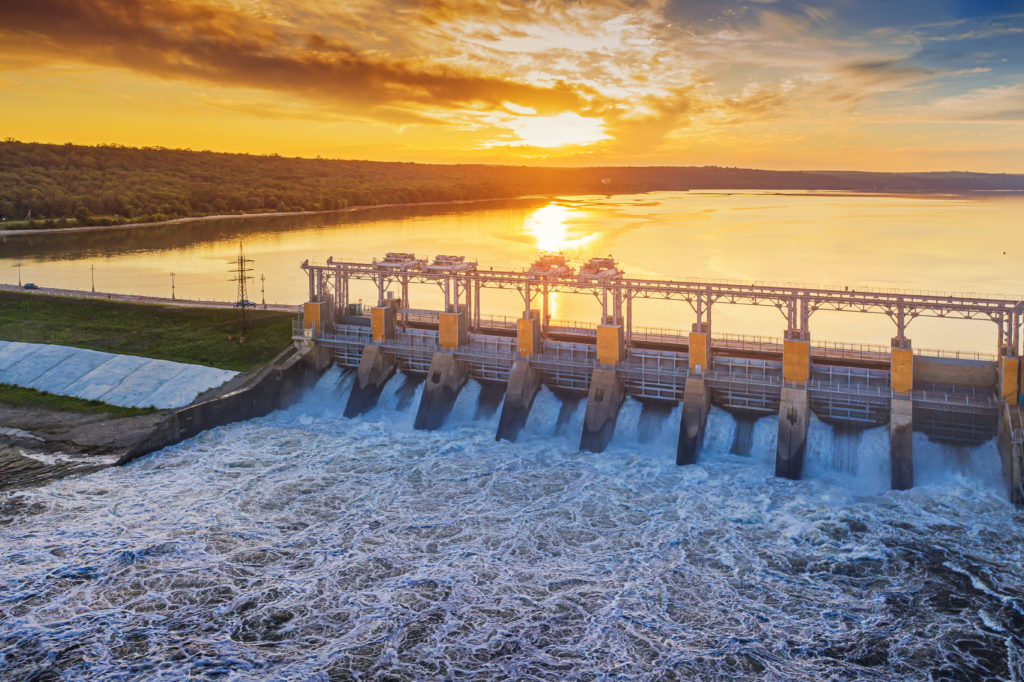
Most of our sources of energy are non-renewable. Non-renewable sources cannot be replaced because they take a very long time to form. Non-renewable sources include oil, natural gas, and coal. We use these sources mainly to produce electricity, heat, and gasoline. Oil, coal, and natural gas are fossil fuels. This means they have formed millions of years ago.
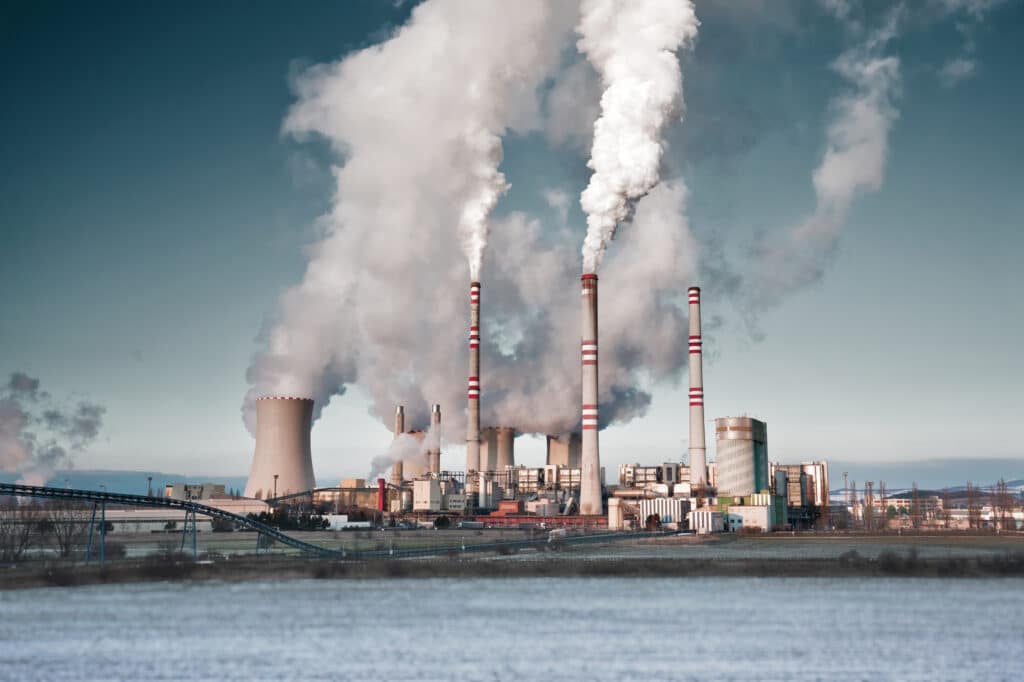
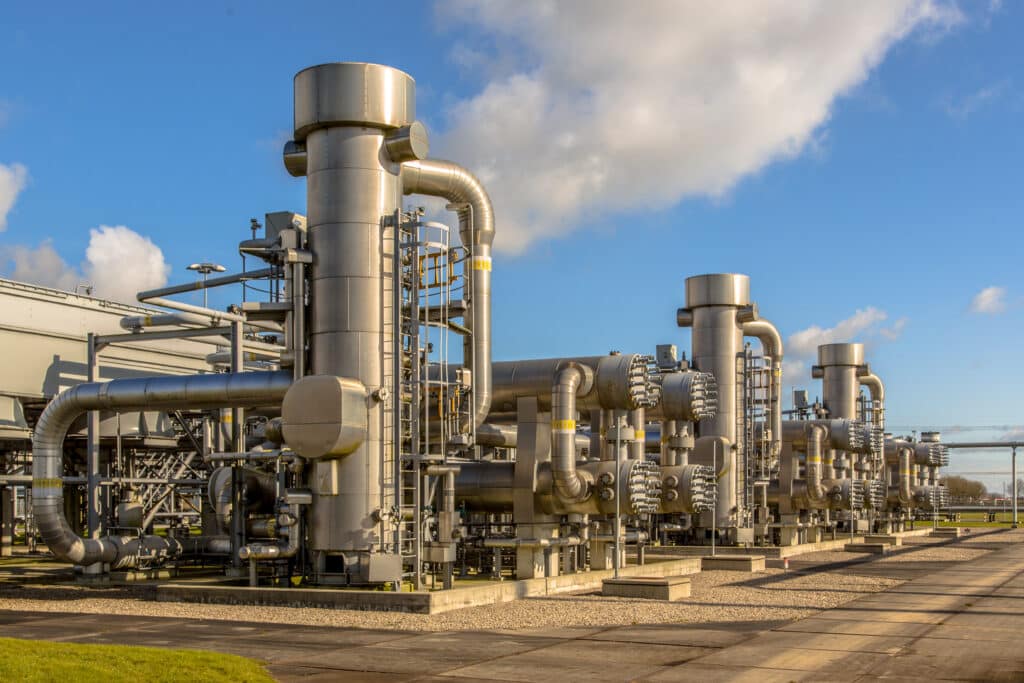
Show What You Know!
Complete some questions about the reading selection by clicking “Begin Questions” below.









